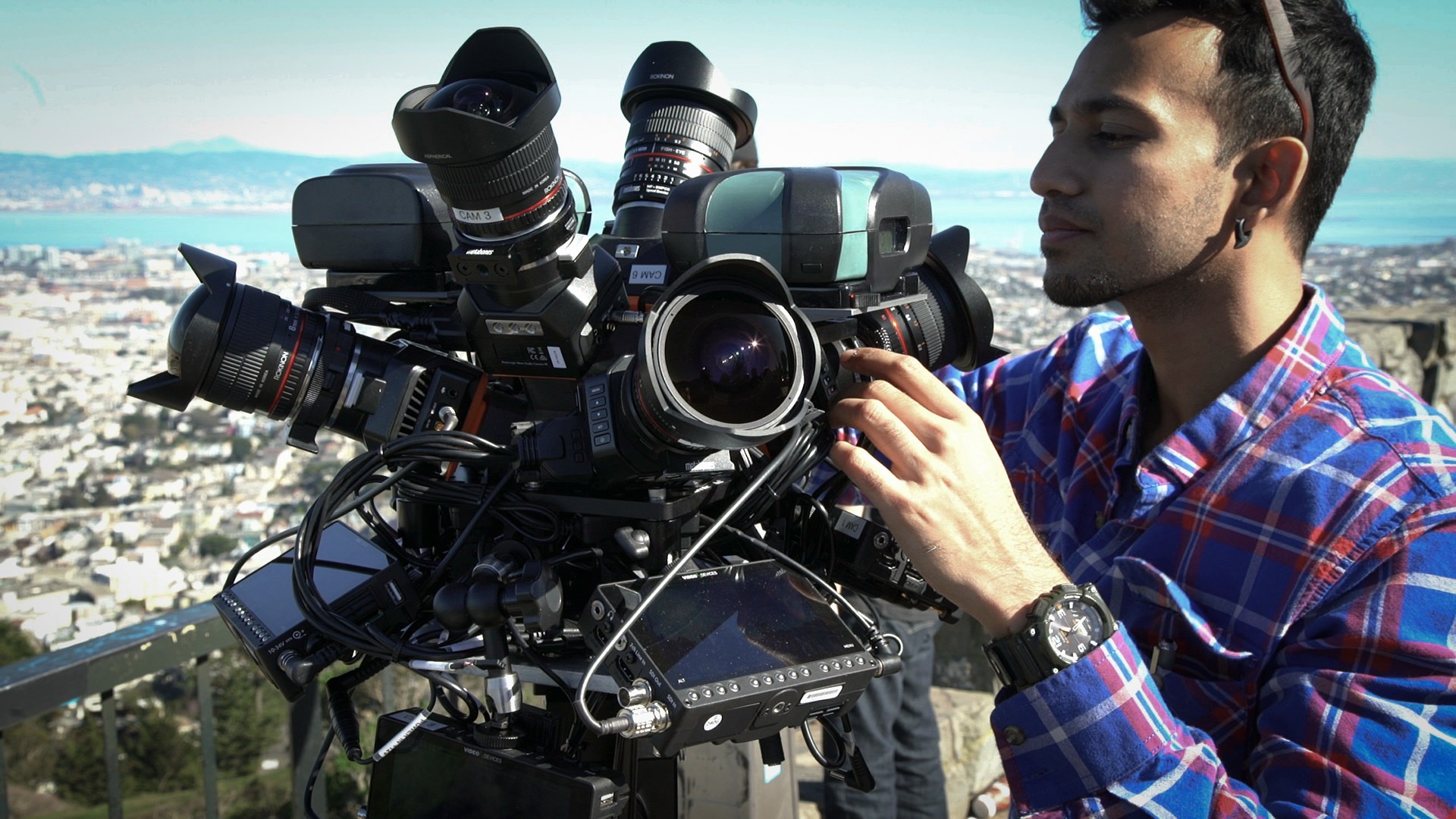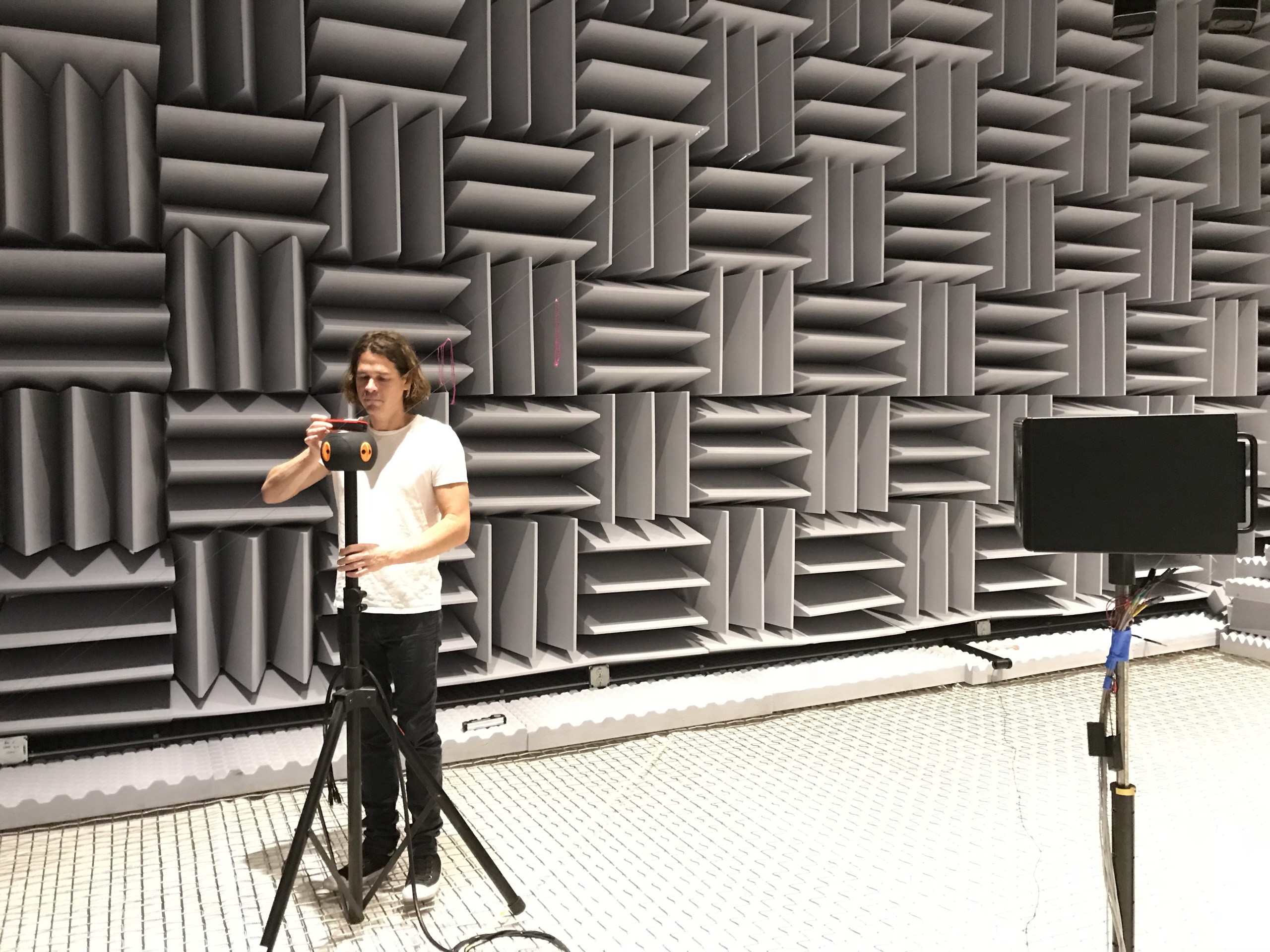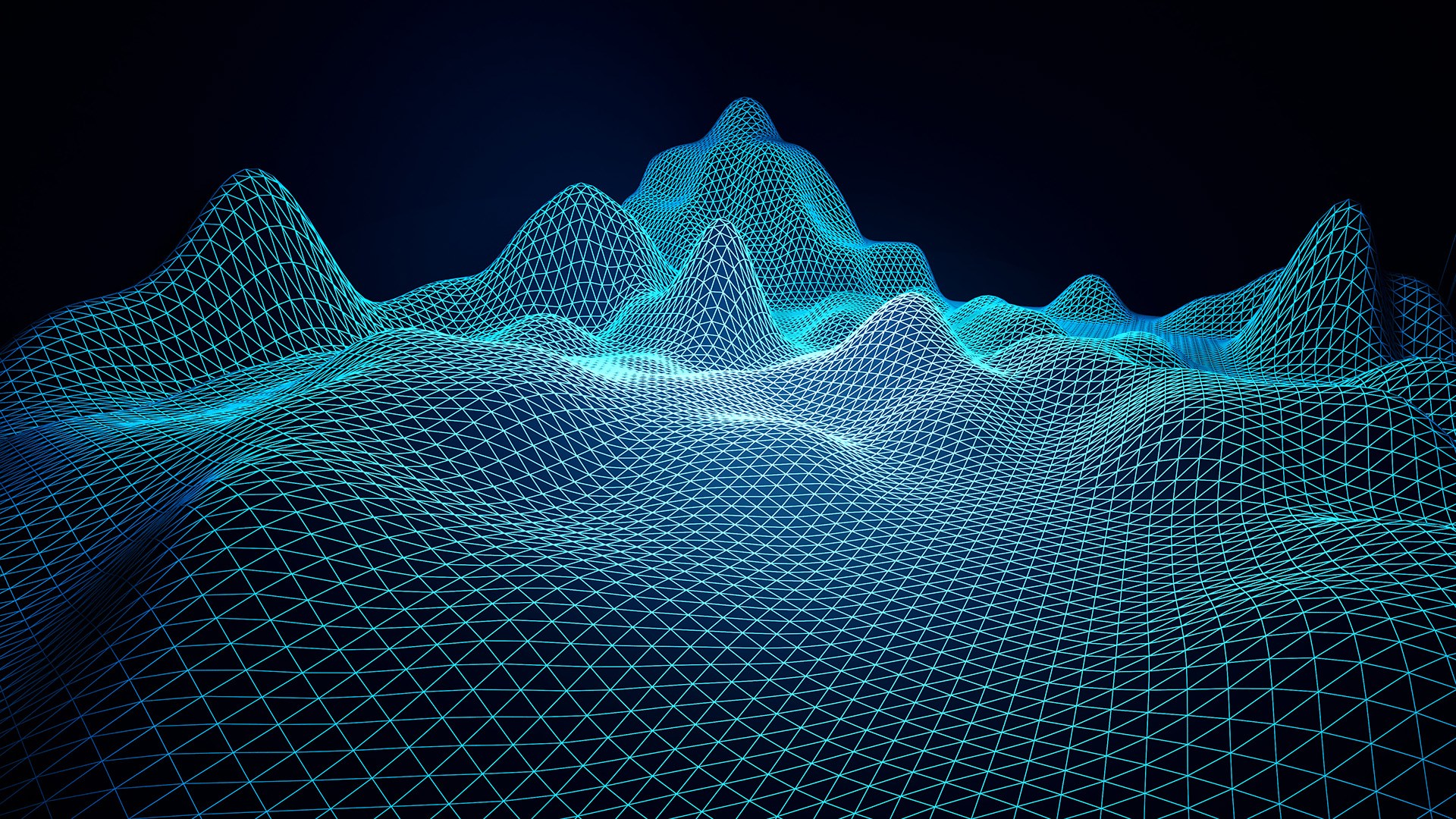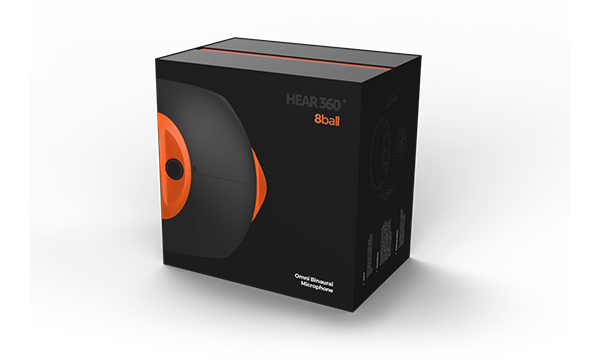An interview with David Robinson, Executive Producer, Total Media VR (TMVR)
1. What kind of solutions do you offer?
Our business model enables us to react to specific needs and create custom solutions for different engagements. As engineers, we favour finding the best path for our clients – whether that means using available resources or developing new technology whilst integrating with our existing production footprint. We’ve also focused on creating one umbrella product platform that we can enhance, market and reliably deliver, time and time again.
We swap in and out a selection of current market camera technology, favouring systems that complement one another. This allows us to create multiple camera solutions that can be connected and controlled in a traditional broadcast environment. We need to be able to guarantee quality and reliability so that they can integrate with our existing hardware to utilize existing architecture and infrastructure. From there, we can offer a product that is familiar to any client’s workflow.

2. Who is most interested in 360° / virtual reality (VR) and Live 360°?
Our clients come from music, entertainment, sports, corporate and advertising agencies. They have all shown growing interest in 360° live video, VR and augmented reality (AR). Our aim has been to fuel their imagination and provide a broad array of new solutions from our partner group to offer to their clients.
We’re also expanding into new areas through a strong relationship in the pharmaceutical sector. We’re working on developing hardware for a major brand in 2018 to focus on expanding the traditional content creation landscape in their space.

3. Is 2D obsolete if you capture in 3D? Is there a way to integrate 2D assets into 360° / VR?
No, far from it – 2D is not obsolete. In 2017 Grammy award winner Christian McBride invited us to shoot the last night of his concert series in New York at the famous Village Vanguard. Working with GraysonX and HEAR360, we deployed both 2D and 360° cameras in the space combined with HEAR360’s 8ball microphone. The process brought together a 360° background embedded with close up angles from our 2D cameras as picture-in-picture assets. With the spatial audio from HEAR360 underpinning the visual immersion, we were able to deliver a rapid real-time deployment of an augmented experience. Joining the two mediums in a collaborative deliverable added a completely new production perspective to the value of the piece.
4. Can you get the same picture quality in 360° / VR as you do with a traditional broadcast?
It depends on the cameras, location and all the factors that affect capture. The quality of the camera technology has a bearing, together with available light and position. If you’re shooting a TV show, you’re able to paint and shade cameras to match – 360° cameras are no different. In the post-world, there are tools that allow you to manage colour correction and augmented quality.
When you’re working in live production, you’re trying to achieve something that is going to be instantly enjoyable and reflects a consistency without disturbing the visual experience. That’s something we are very familiar with. We have explored ways to manage consistency reliably and work with camera technology that compliment the work-flow.

5. What are the challenges and / or limitations of working in 360°?
The challenges are reflected by the infancy of the market, the ever-changing hardware, technology and appetite. It’s more about whether you can work with 360° capture reliably and consistently. We are there to ensure everything goes seamlessly and smoothly. The general interest and perception of 360° is all about the head mounted view. This becomes a limitation and in some cases a detractor. It’s forcing companies like ours to push to change perception and move users to engage with content differently. Instead of locking them into their own world, we take the experience to giant interactive screens, domes projections, on to mobile devices inside a social media stream or over-captured into a traditional 16×9 frame.
6. Can you do 360° / VR broadcasts or Live 360° anywhere, or do you need a special broadcast facility?
Yes, we’ve produced broadcasts from very obscure locations. The general rule of thumb is to retain the quality expected of the production and the broadcast. When you start shooting in 360°, you’re increasing the number of cameras, therefore you’re increasing the actual frame size and resolution to broadcast. As a result, you’re looking to stream more data than you were previously. In the end, a lot of your simpler solutions start to fall away. What we’ve done is to start looking at ways we can push higher resolution via differing mechanisms and processes. In order to hit these designations, we’ve built dedicated fly-packs and portable, more manageable form factors. Anything from a full-size outside broadcast (OB) truck down to a 5K multi-capture system that can travel in the overhead compartment of a domestic or international flight. We can broadcast VR / 360° from anywhere as long as we can source the kind of bandwidth to meet the quality expectations of the live production.

7. Brands want to share content via social media channels, because that’s where they frequently engage with their audience. How can you plug in and stream to popular social networks like Facebook and YouTube?
Our team members have had a long relationship with Facebook through their client, Telescope. As an engineering and production partner, Total Media VR (TMVR) support a large number of their live streaming needs. Amongst its many firsts and award-winning engagements, Telescope invented the “Donate Button” for Facebook, coding the API that Facebook uses across all of its charities and philanthropic ventures streamed online. Recently, we’ve been testing how to take a 360° live experience in 4K and stream it directly to Facebook. Working closely with the Telescope team, we successfully embedded dynamic audience interactions; moderated chat; and handled polling and event statistics direct from the Telescope environment into the 360° world of a live stream, in real-time. This example demonstrates how social media plays an important role in bringing the familiar engagements into the users stream and utilising the 360° environment to create a more compelling call to action with additional augmented content.
8. Can you stream or broadcast to all the social networks at once?
We can use a number of tools at our disposal to stream simultaneously to supporting social media networks. Our encoding platforms are built to support redundant streams to single accounts or multiple streams to a number of different accounts across familiar networks such as YouTube, Periscope and Facebook.

9. What’s the most unique thing about your offering? Any world firsts?
The most unique thing about TMVR is the way we innovate. It’s all about our eagerness to engineer and our ability to ideate. We thrive on being challenged by our clients, from the most basic request, such as hosting a small production with one or two cameras, to creating our own capture systems or customizing to meet the requirements of the creative. For example, we built a rotating frame for the director of GraysonX’s Alice Phoebe Lou project. The frame could wind up an orbiting camera mount so that as the structure moved it would set another component in motion to create a constantly spinning point of view (POV) around the central axis of the subject. In this case, the subject was the talent, as she performed the camera turned around her, creating a unique 360° experience.
Working alongside GraysonX on SESQUI’s ‘HORIZON’ film, we were the first to create wireless 360° real-time on set confidence monitoring solutions. TMVR built a wireless product that enabled the primary 360° camera array to be viewed as a stitched view, from which the director could review and direct his shots remotely in real-time.
Partnering with Telescope, we were also the first to embed dynamic moderated chat and polling data into a 360° Facebook stream. We’re also currently working on long-range wireless POV 360° camera for head-mounted 360° products in sports, entertainment and industrial applications.
10. Where do you see the 360° / VR / AR going in the future? Will everything be live?
I think audiences are becoming more familiar with 360° content. Using destinations such as Facebook in a more traditional setting, such as a phone or a tablet rather than a head-mounted display (HMD), increases the engagement and awareness. It also broadens the creative opportunity to include augmented development.
Currently, we will focus our attention on live streaming and broadcast. There are opportunities – particularly in social media – where live interaction goes further than just watching. Actual engagement in real-time delivers an increasingly more compelling user environment. For instance, simple movement in the space to engage in different aspects of a news feed creates a new opportunity to ideate. Personally, I think combining AR and 360° together and delivering it live from a social platform with audience engagement, creates the most compelling direction for the medium. TMVR is aiming to embolden this step and push to open the user experience to engage a broader interest and a more expansive call to action.















